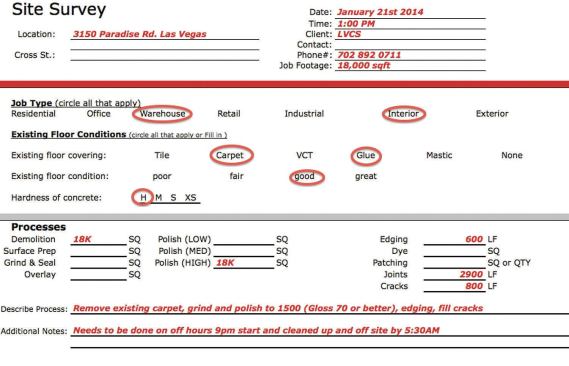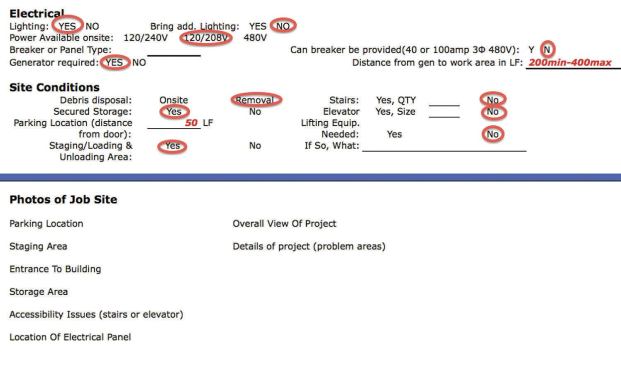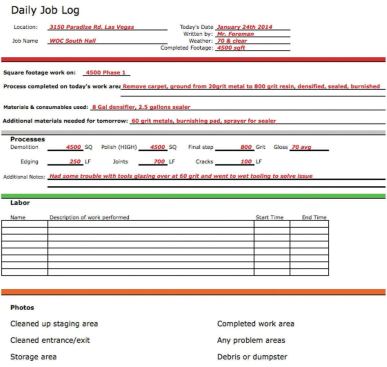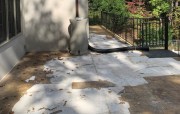Brandon Fiege
At the very least, your site survey should include square footag…
Conduct a detailed site survey
“Without a good site survey and preconstruction visit, you can’t put together a proper bid,” says Brandon Fiege, owner of BF Flooring Specialties in Huntingon Beach, Calif. Fiege’s pre-bid surveys not only help him to calculate bids, but they also become the backbone of his company’s work orders and daily job logs.
In addition to the basics (client contact information, project location, date, time) the pre-bid site survey must include job footage. “Without that, you really don’t have a good understanding of the job, so make sure it’s at the top of your survey form,” advises Fiege.
The completed site survey form can then be used to prepare the work order. “Give your crews all the info they need, and nothing more. They can then read through the work order and see in a matter of minutes what the job is about, and what they need to do,” says Fiege.
At minimum, the site survey should include:
- Job type
- Existing floor coverings/conditions
- Current site conditions
- Processes to be done
- Electrical conditions/requirements
- Equipment/material needed
- Storage and parking—distance from parking to site, distance from the generator to the work area.
- Additional notes—any problems you see or client requirements that could present time frame or other issues, such as, work must be done after hours.
And, perhaps most importantly, the site survey should include visuals:
- Photos of the jobsite—so crews can see the more complete story of jobsite conditions and how to transport equipment to staging areas.
- Site map—Fiege uses Google map images to show parking and entrance locations.
- Floor plan with project phasing.
The above information is also Fiege’s starting point for a project’s daily job log that’s sent back to the office at the end of each workday. Crew members input the square footage worked on, processes completed, materials and consumables used, and materials needed for the next day. The foreman adds basic time sheet information. And, of course, more photos are taken of:
- The cleaned-up staging area
- The cleaned entrance/exit
- The equipment storage area
- The completed work area
- Any problem areas
- The Dumpster or any debris.
“This way, you don’t get blamed for somebody else’s problem,” says Fiege. Plus, “If you get a phone call saying, ‘hey, you left a mess,’ you can look at the photos and say, ‘nope, it wasn’t us.’”






